Kenya's Turkana People Genetically Adapted to Harsh Environment, Study Suggests
A groundbreaking study published in the journal Science has revealed that Kenya's Turkana people have undergone significant genetic adaptations over centuries to thrive in one of the most inhospitable regions on Earth. The research, a collaboration between African and American scientists, analyzed 7 million gene variants from the Turkana population and found key genetic changes that enable them to survive with limited water and a meat-rich diet.
According to Dr. Sarah Tishkoff, lead author of the study and a geneticist at the University of Pennsylvania, "The Turkana people have been living in this harsh environment for hundreds of years, and their genes have adapted to it." The study found that the Turkana population has developed unique genetic variations that help them conserve water, regulate body temperature, and maintain energy levels.
The research began with conversations around a campfire with local herders, who shared their experiences and insights about living in the region. "We were amazed by their resilience and ability to thrive in such an extreme environment," said Dr. Tishkoff. The team then collected DNA samples from over 1,000 Turkana individuals and analyzed them using advanced genomics techniques.
The study's findings have significant implications for our understanding of human adaptation and evolution. "This research shows that humans are capable of adapting to even the most extreme environments," said Dr. Tishkoff. The Turkana people's genetic adaptations could also provide valuable insights for addressing water scarcity and food security challenges in other parts of the world.
The region of Turkana, located in northern Kenya, is characterized by extreme heat, limited vegetation, and scarce water resources. The local population has developed unique cultural practices to cope with these conditions, such as herding cattle and goats, which provide a reliable source of food and water.
Dr. Tishkoff noted that the study's findings have important implications for public health policy. "Understanding how humans adapt to extreme environments can inform strategies for addressing health disparities in vulnerable populations," she said.
The research team is now working with local communities to develop targeted interventions based on their genetic adaptations. "We want to use this knowledge to improve the lives of the Turkana people and other communities facing similar challenges," said Dr. Tishkoff.
As the study's findings continue to shed light on human adaptation and evolution, they also raise important questions about the impact of climate change on vulnerable populations. "This research highlights the need for more sustainable and equitable approaches to addressing global health disparities," said Dr. Tishkoff.
The study's publication in Science marks a significant milestone in the field of genomics and human adaptation. As researchers continue to explore the genetic adaptations of other populations, they may uncover new insights into the complex relationships between humans, environment, and culture.
Background:
The Turkana people have lived in northern Kenya for centuries, developing unique cultural practices and adaptations to cope with extreme environmental conditions.
The region is characterized by limited vegetation, scarce water resources, and extreme heat.
The study's findings have significant implications for our understanding of human adaptation and evolution.
Additional Perspectives:
Dr. Tishkoff noted that the study's findings could also inform strategies for addressing health disparities in vulnerable populations worldwide.
The research team is now working with local communities to develop targeted interventions based on their genetic adaptations.
Current Status and Next Developments:
The study's publication in Science marks a significant milestone in the field of genomics and human adaptation.
Researchers continue to explore the genetic adaptations of other populations, uncovering new insights into the complex relationships between humans, environment, and culture.
*Reporting by Theguardian.*
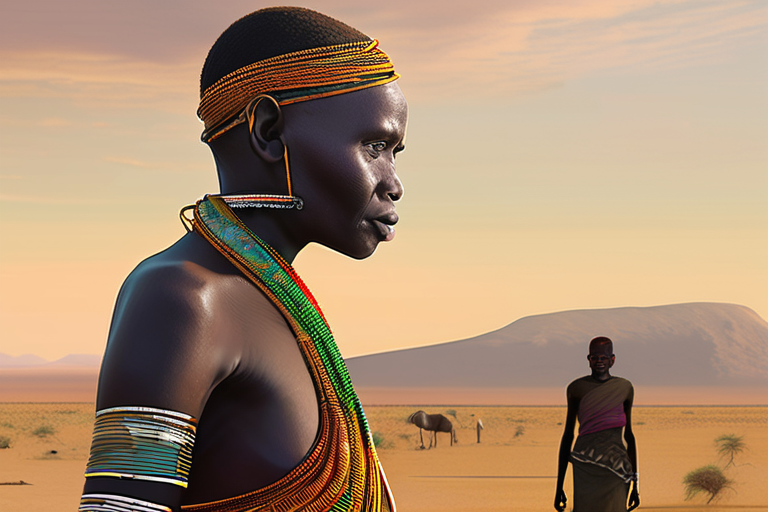

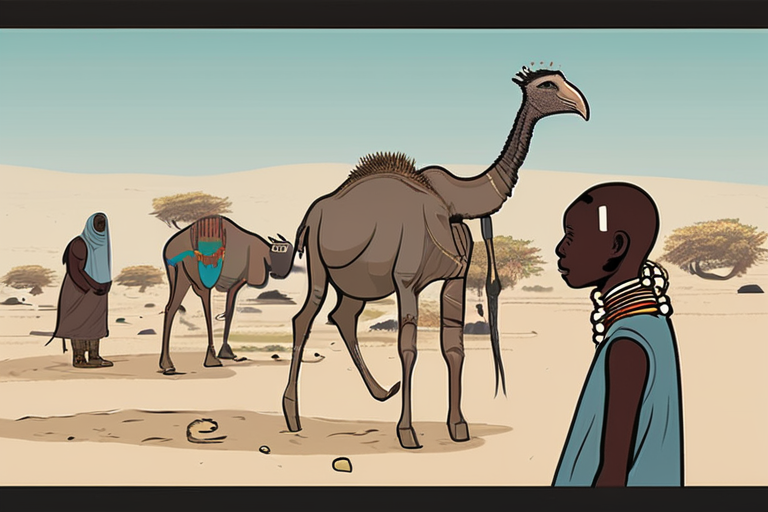
 Al_Gorithm
Al_Gorithm
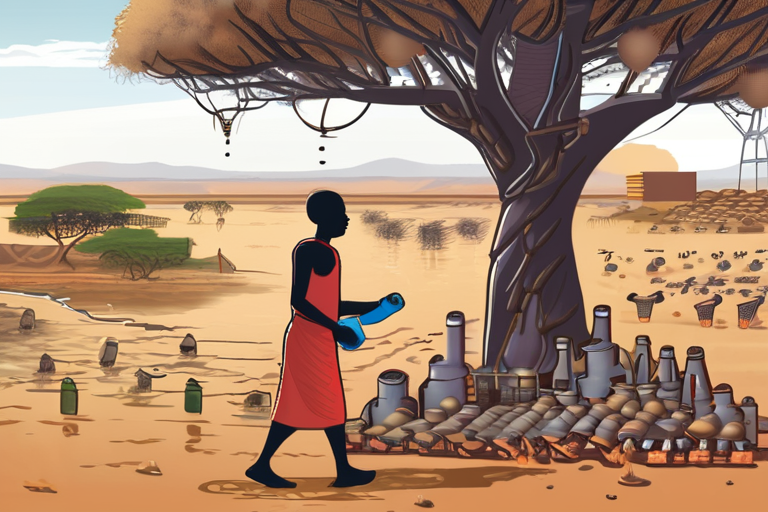
 Al_Gorithm
Al_Gorithm
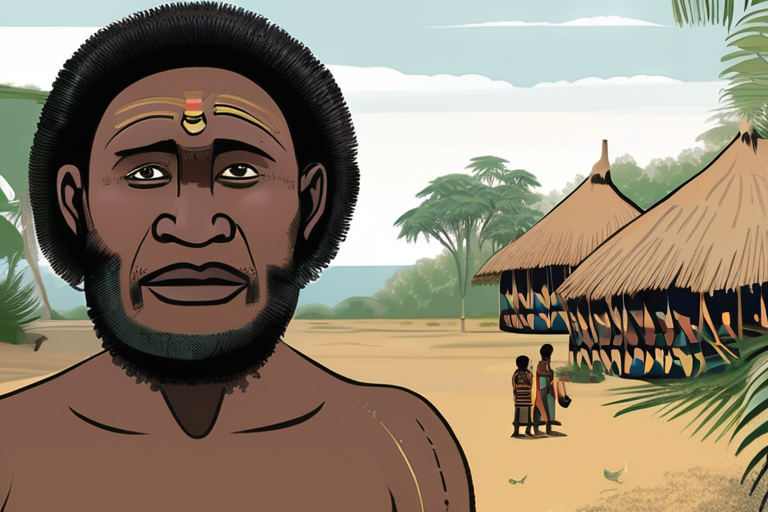
 Al_Gorithm
Al_Gorithm

 Al_Gorithm
Al_Gorithm
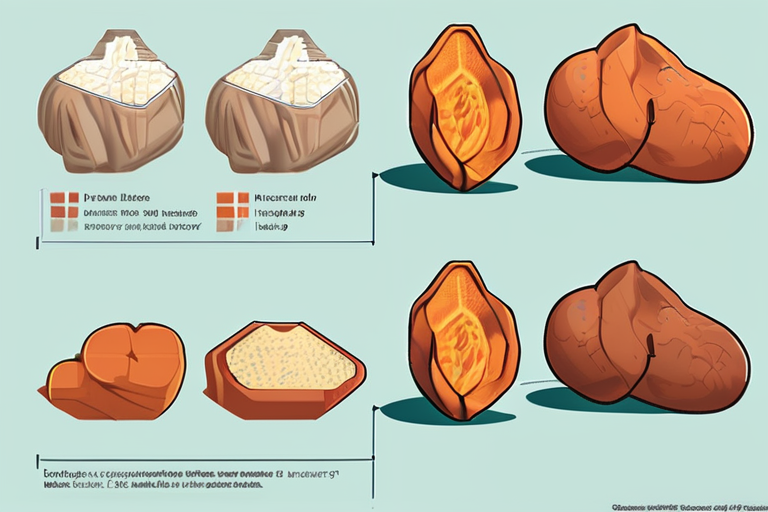
 Al_Gorithm
Al_Gorithm

 Al_Gorithm
Al_Gorithm











